Your cart is currently empty!
Tag: CannabisCultivation

Balancing temperature and humidity is crucial for successful cannabis cultivation, whether you’re a beginner or an experienced grower. Optimal temperatures during the day should be 70-85°F (20-30°C), and slightly cooler at night. For seedlings, warmer temperatures of 75-80°F (24-27°C) are ideal, while the flowering stage benefits from 65-80°F (18-26°C) to boost bud development. Humidity needs…
Growing cannabis can be incredibly rewarding when the symbiotic relationships between plants and other organisms are managed effectively. By understanding and harnessing these interactions, like those with mycorrhizal fungi, leguminous companion plants, and beneficial bacteria, growers can enhance nutrient absorption, boost disease resistance, and improve soil health. Strategies such as adding mycorrhizal fungi for better…

Discover the captivating world of the Black Domina strain, an indica-dominant hybrid born from a blend of Northern Lights, Ortega, Hash Plant, and Afghani SA. Known for its potent effects and remarkable appearance, Black Domina features dense, dark buds with an earthy aroma of pine and spice. Its deeply relaxing properties make it ideal for…
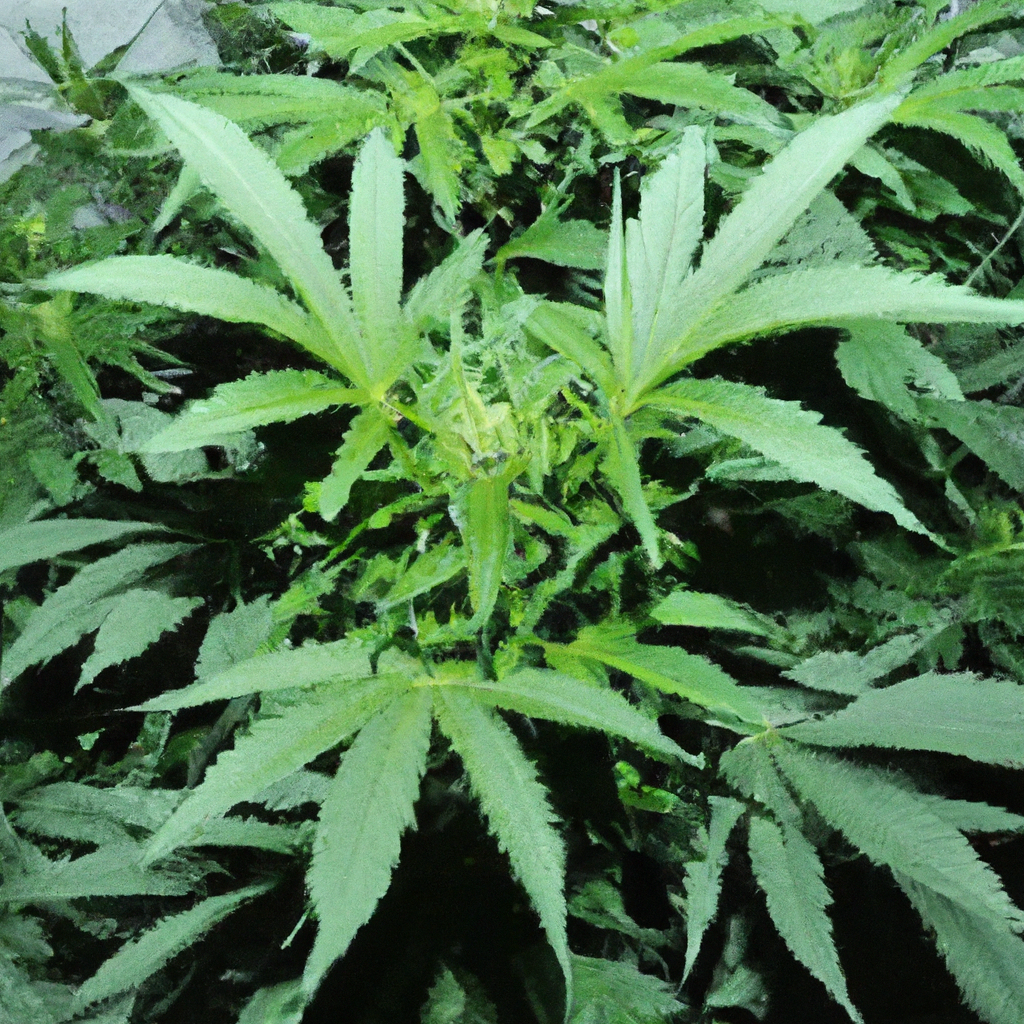
Effective canopy coverage is crucial for maximizing cannabis growth by optimizing light absorption and ensuring uniform plant health. Key strategies include proper plant spacing, regular pruning, and using techniques like the Screen of Green (ScrOG) to promote horizontal growth. Address common challenges like uneven growth and airflow issues by practicing techniques such as low-stress training…
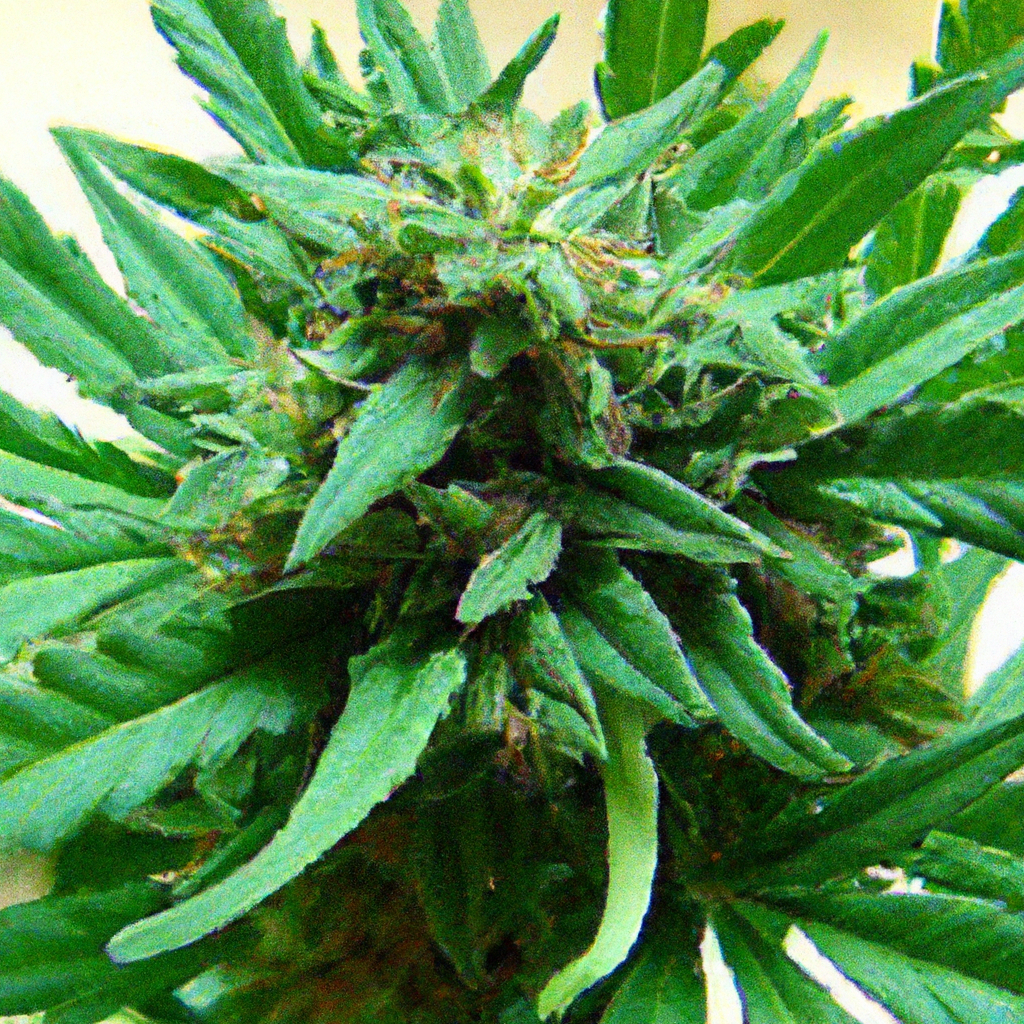
Feminized cannabis seeds have transformed cultivation by producing exclusively female plants, leading to higher yields and efficiency. Originating in the 1990s to meet the need for increased productivity, these seeds eliminate the risk of male plants, enhancing both space utilization and harvest quality. Key benefits include greater yields, cost-effectiveness, and genetic consistency. Successful cultivation of…

Managing water stress is crucial for thriving cannabis cultivation. By recognizing signs of under-watering, such as droopy leaves and cracked soil, and over-watering, like yellowing leaves and root rot, growers can take corrective action. Advanced techniques such as drip irrigation, soil moisture sensors, and wicking beds ensure precise water delivery and conservation. Additionally, rainwater harvesting,…
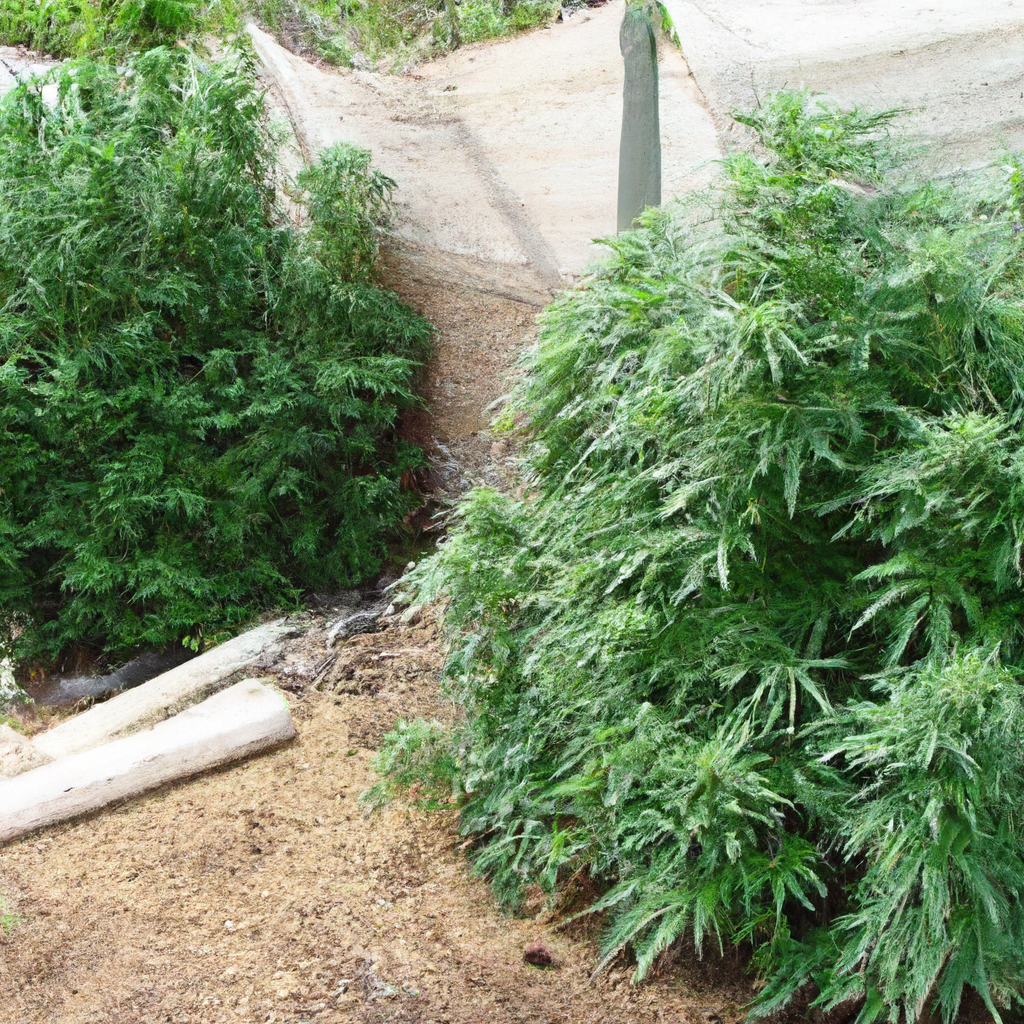
Successfully cultivating cannabis requires effective management of weed control, as unwanted plants can compete for soil resources. This guide explores techniques like mulching, hand weeding, and responsible herbicide use. Mulching with organic or inorganic materials helps suppress weed growth, while hand weeding is effective for smaller operations. Herbicides may be used in severe cases, ensuring…
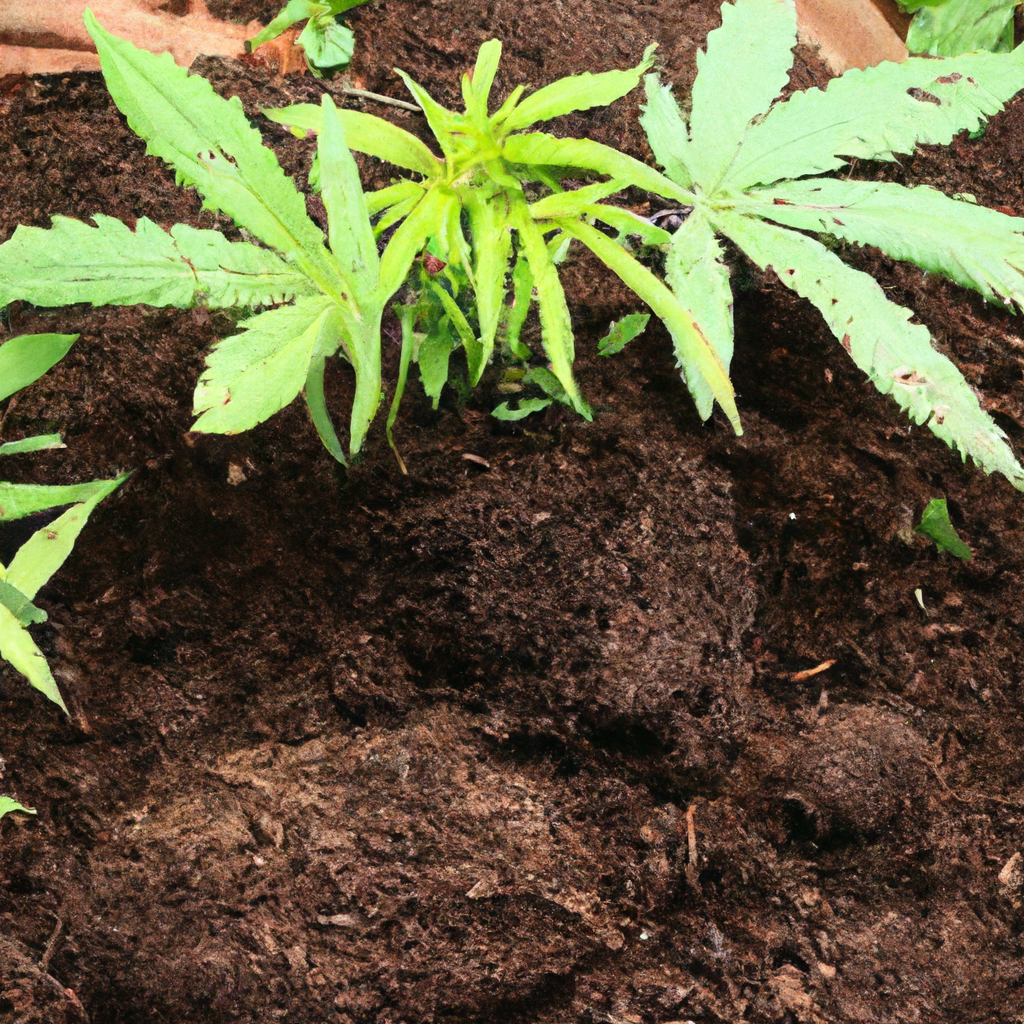
Organic cannabis cultivation is gaining popularity as a sustainable method for growing cannabis, focusing on soil health and avoiding synthetic chemicals. Key practices include enhancing soil with compost, cover crops, and mulching; using natural fertilizers like fish emulsion and worm castings; and employing integrated pest management strategies. These methods result in environmental benefits, such as…
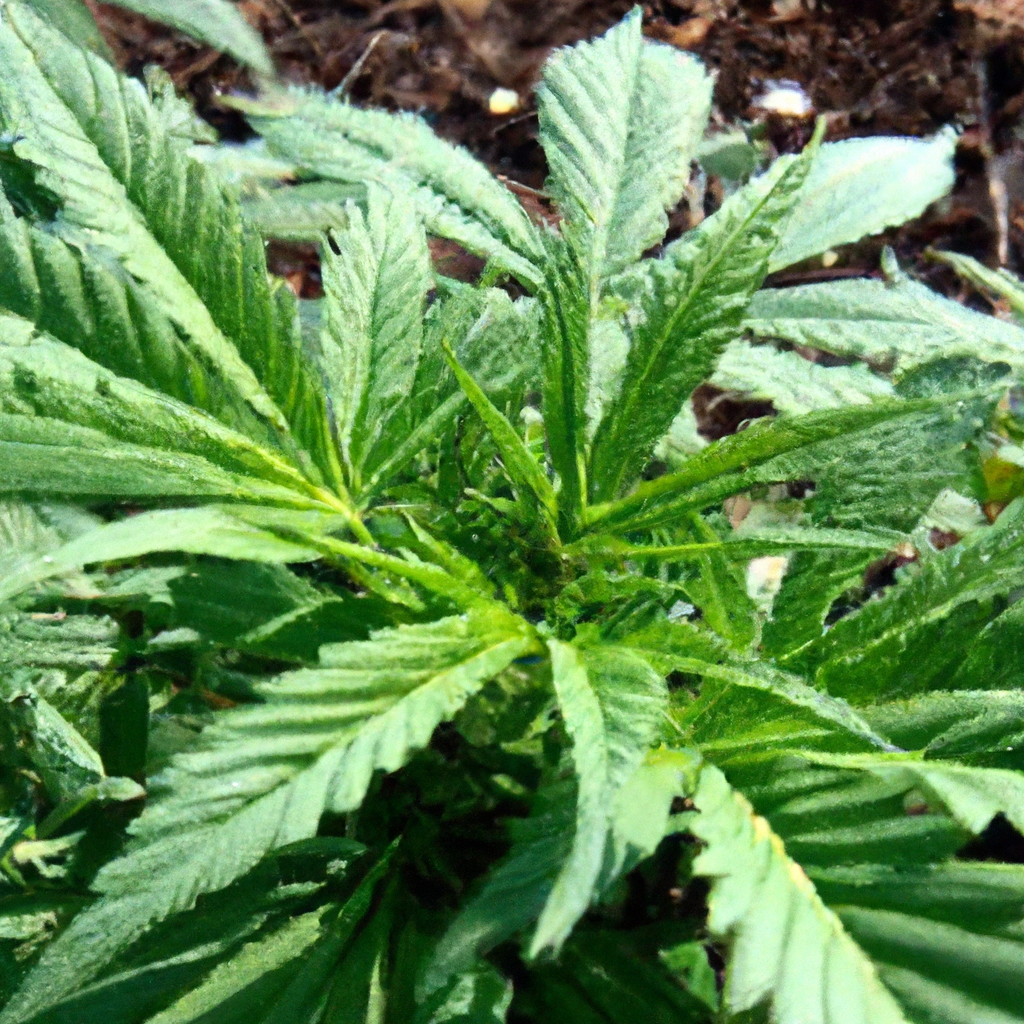
Understanding and optimizing soil health is crucial for successful cannabis cultivation. This blog post delves into essential techniques to maximize soil quality, such as organic composting to enrich the soil with nutrients and enhance structure. The use of cover crops, like clover, boosts nitrogen levels, while mulching conserves moisture and controls weeds. Regular soil testing…
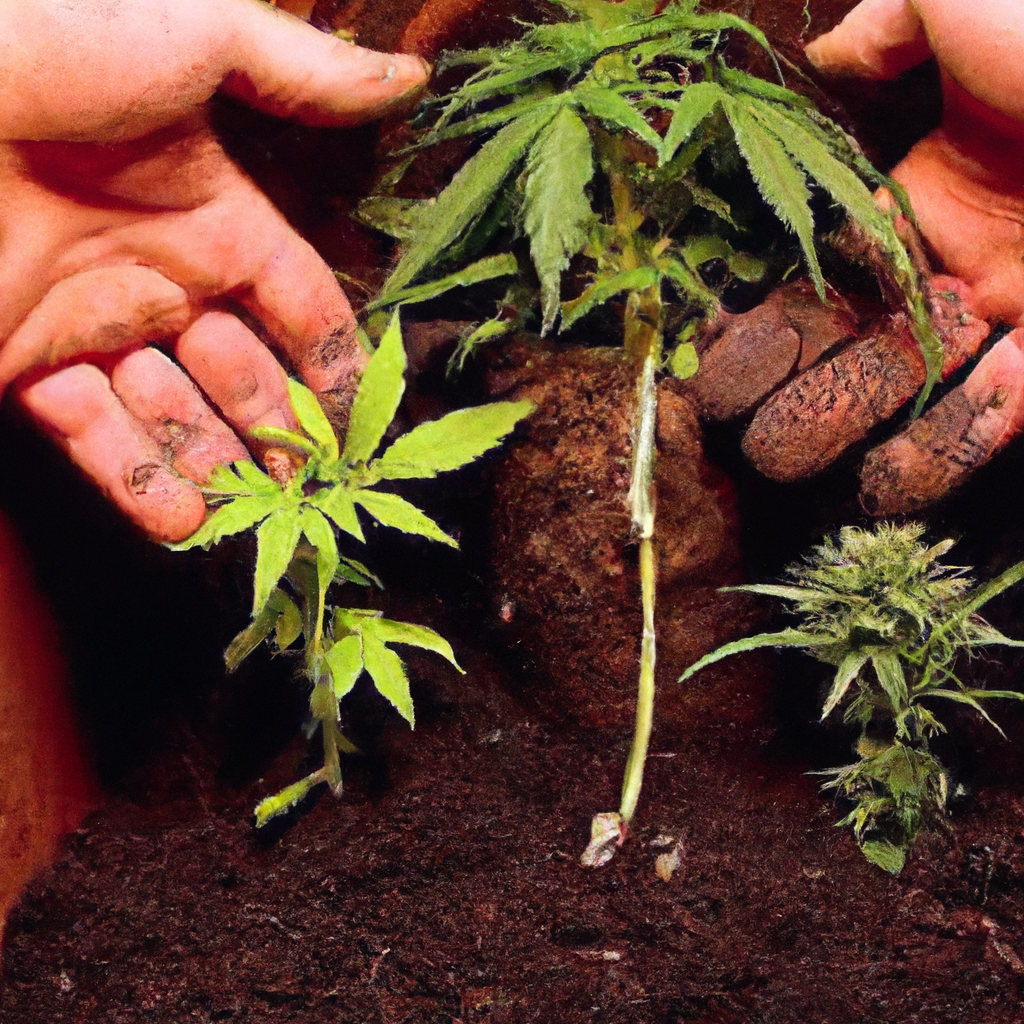
Companion planting can significantly enhance cannabis cultivation by leveraging natural plant interactions to boost growth and fend off pests. This strategic approach utilizes species like marigold, chamomile, basil, and clover to create a mutually beneficial environment. By understanding and implementing companion planting techniques, growers can optimize land use, improve soil fertility, and enhance cannabis quality…
